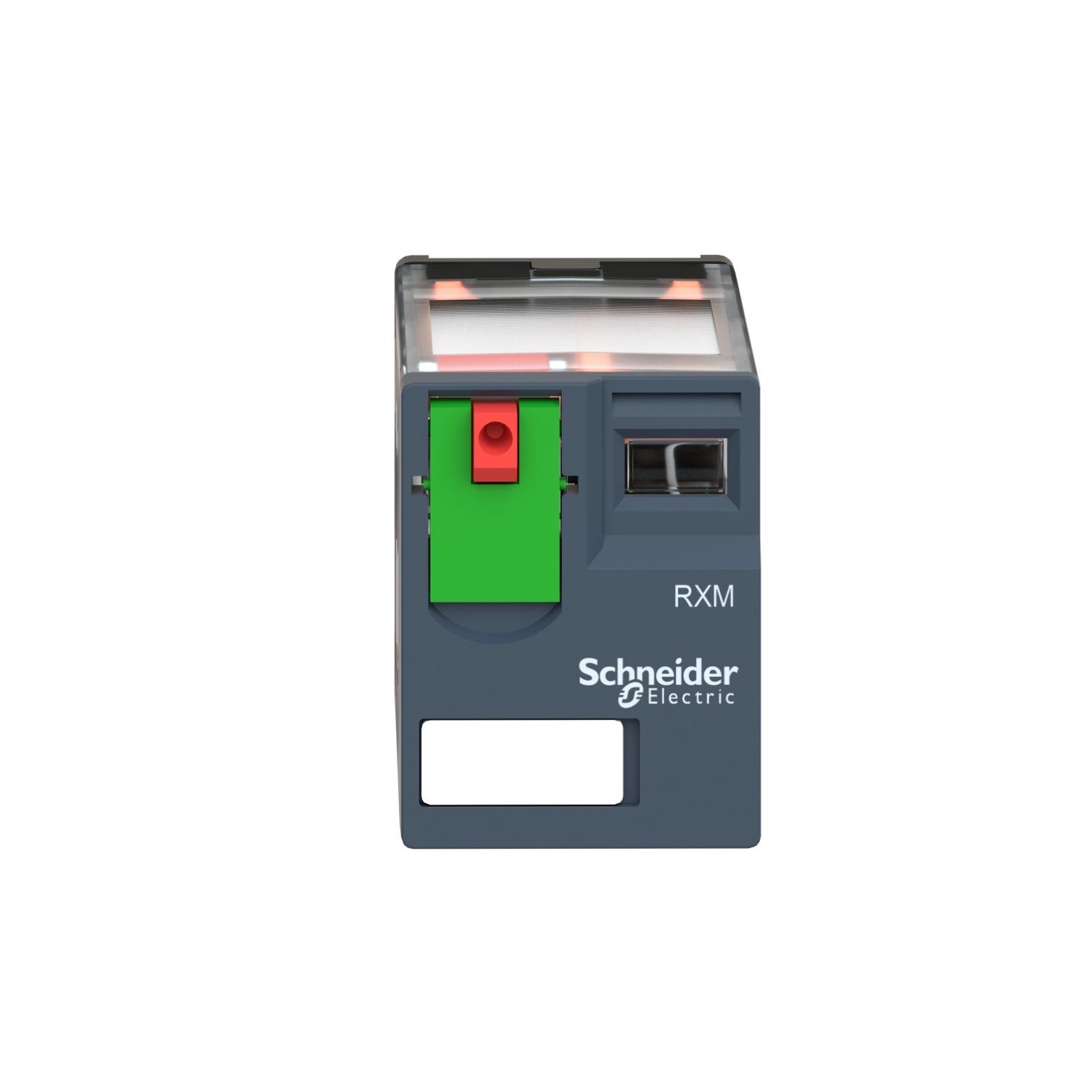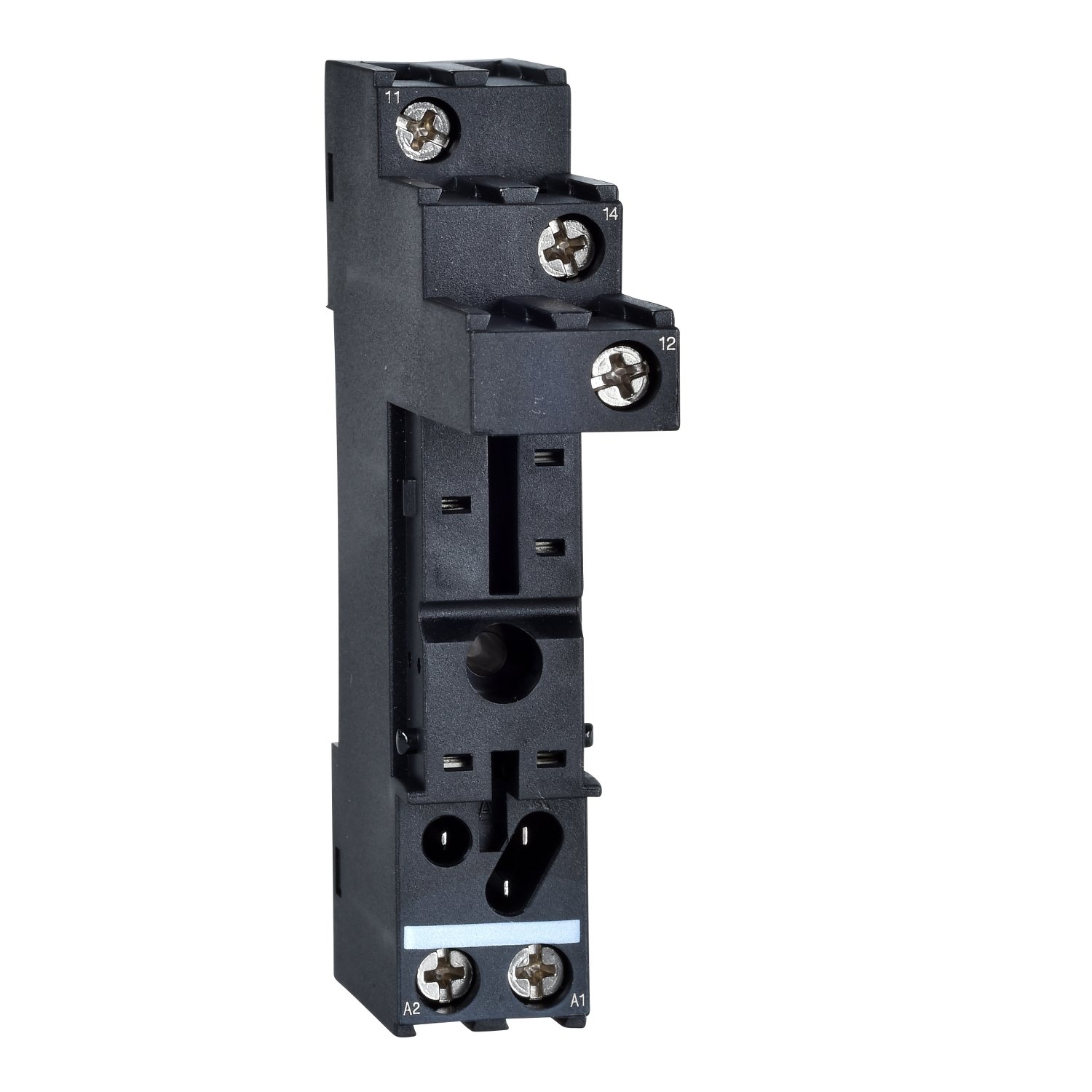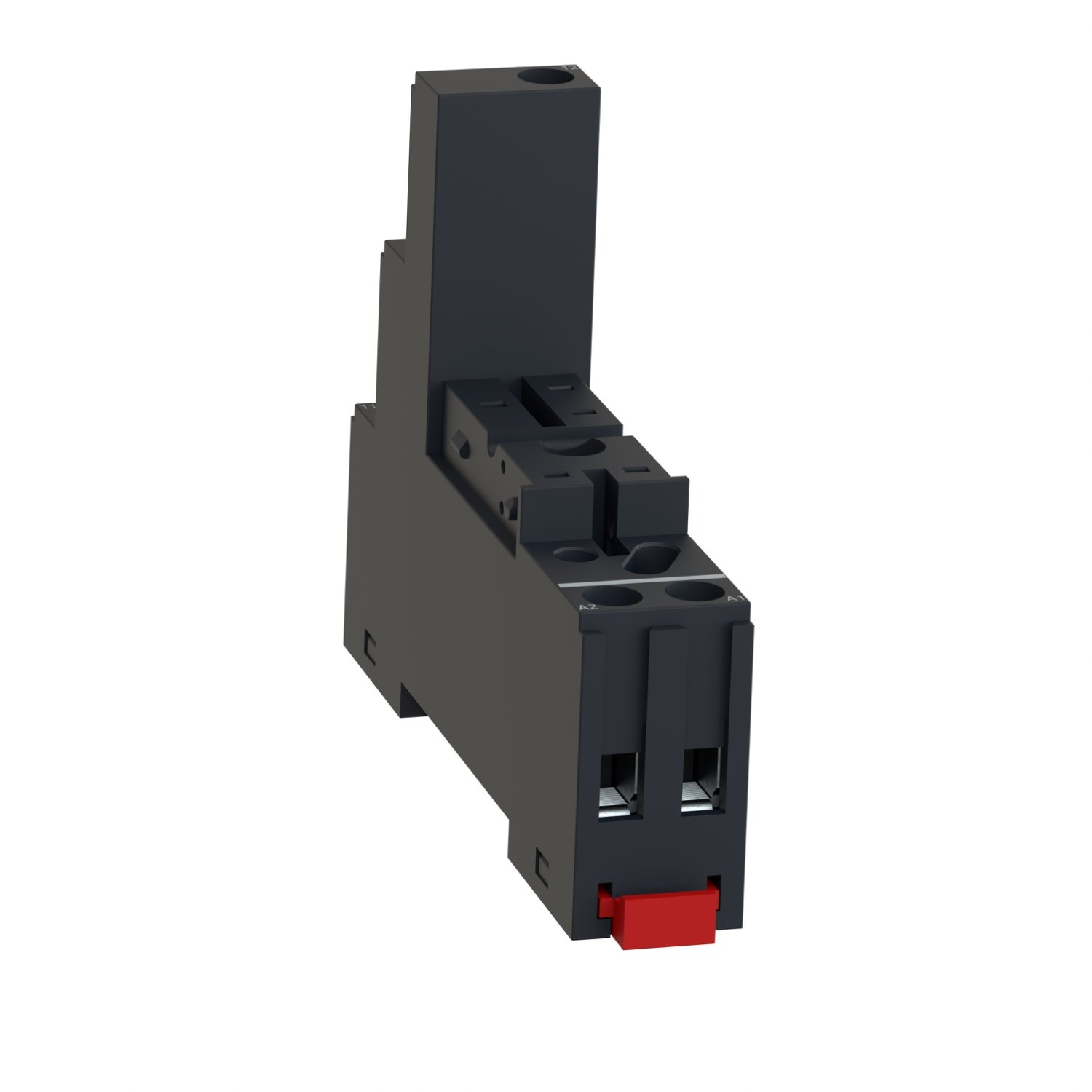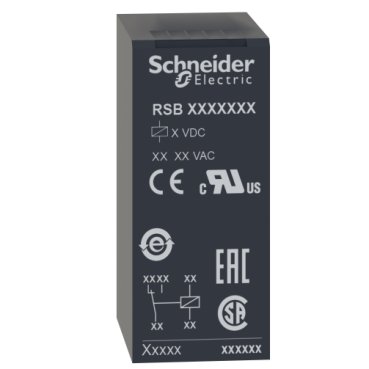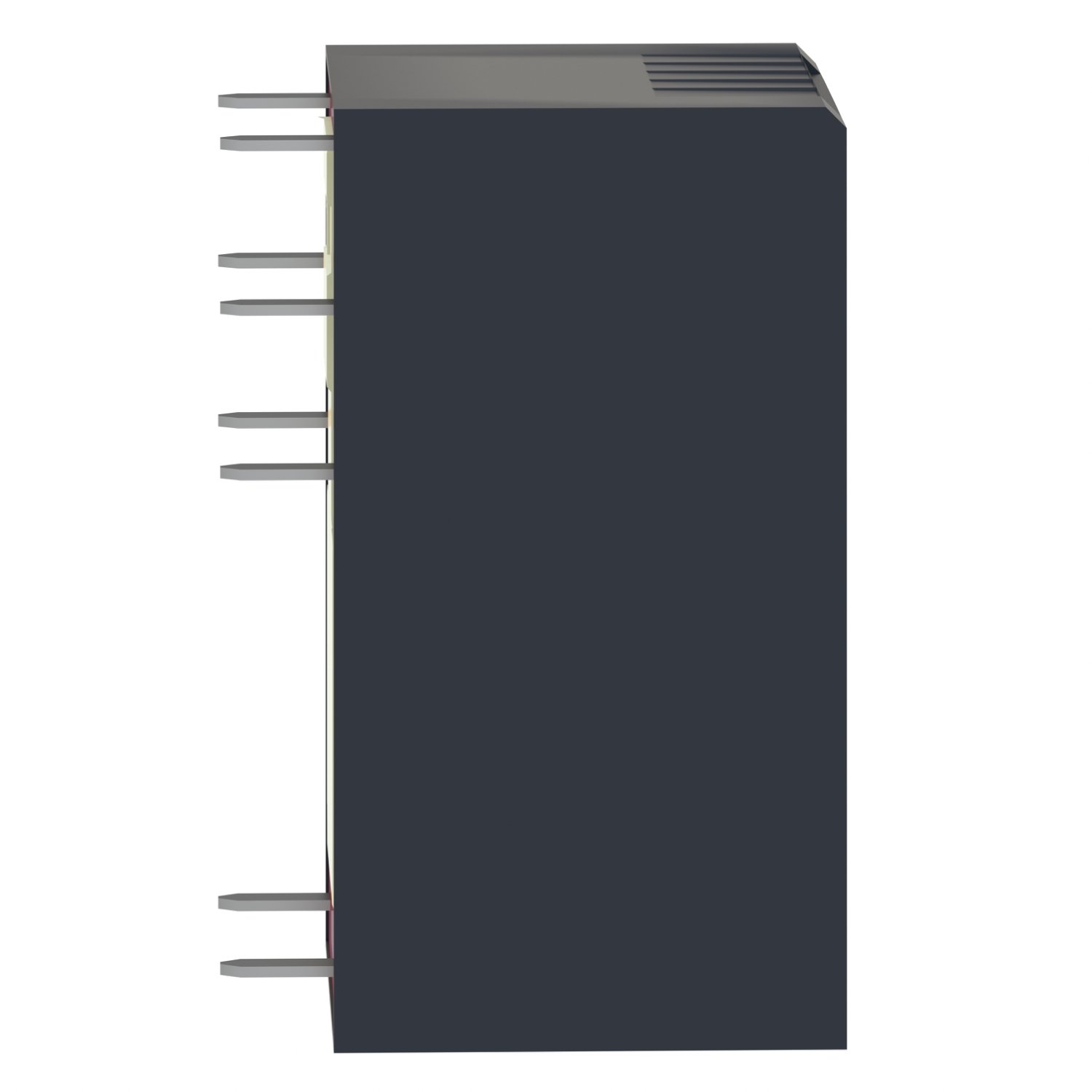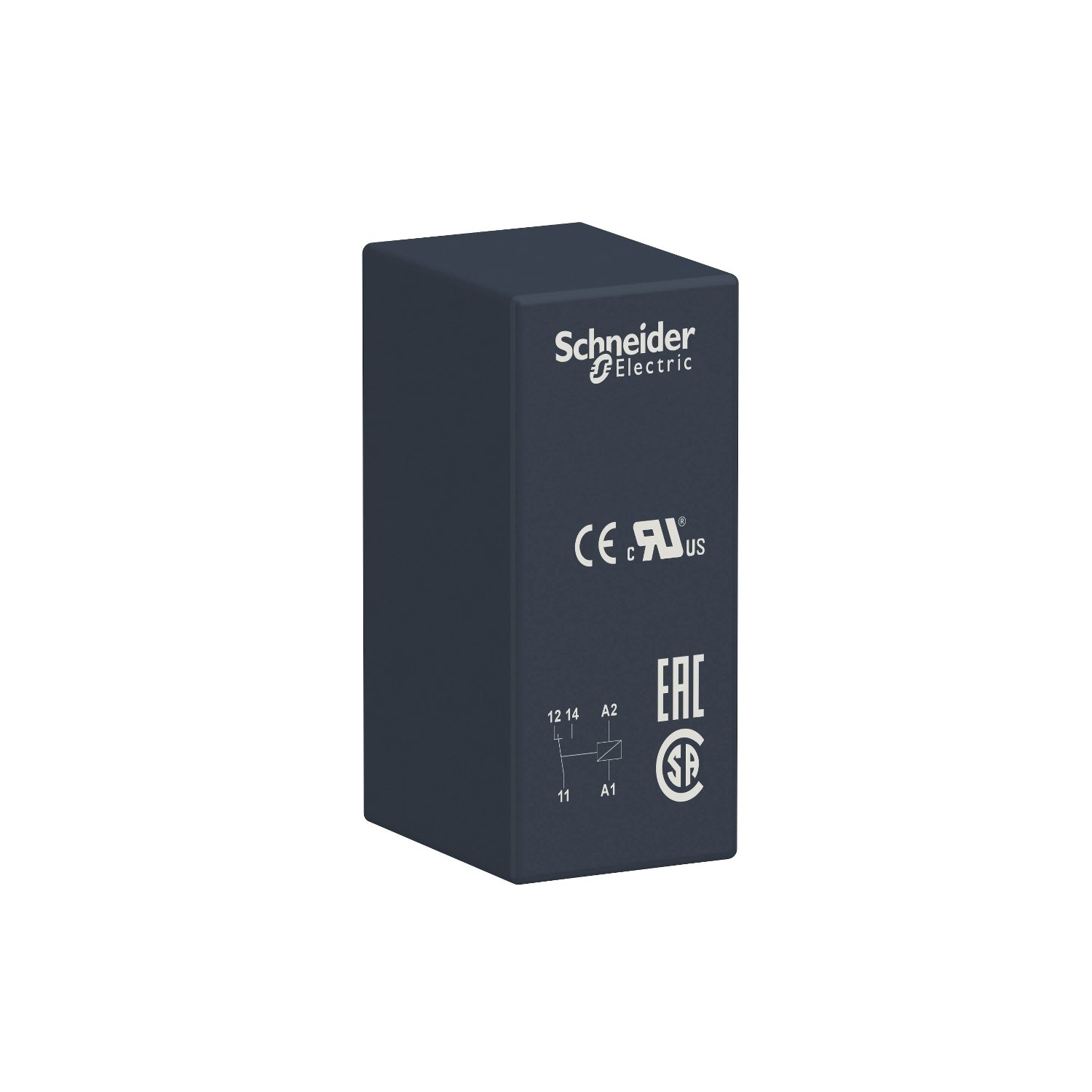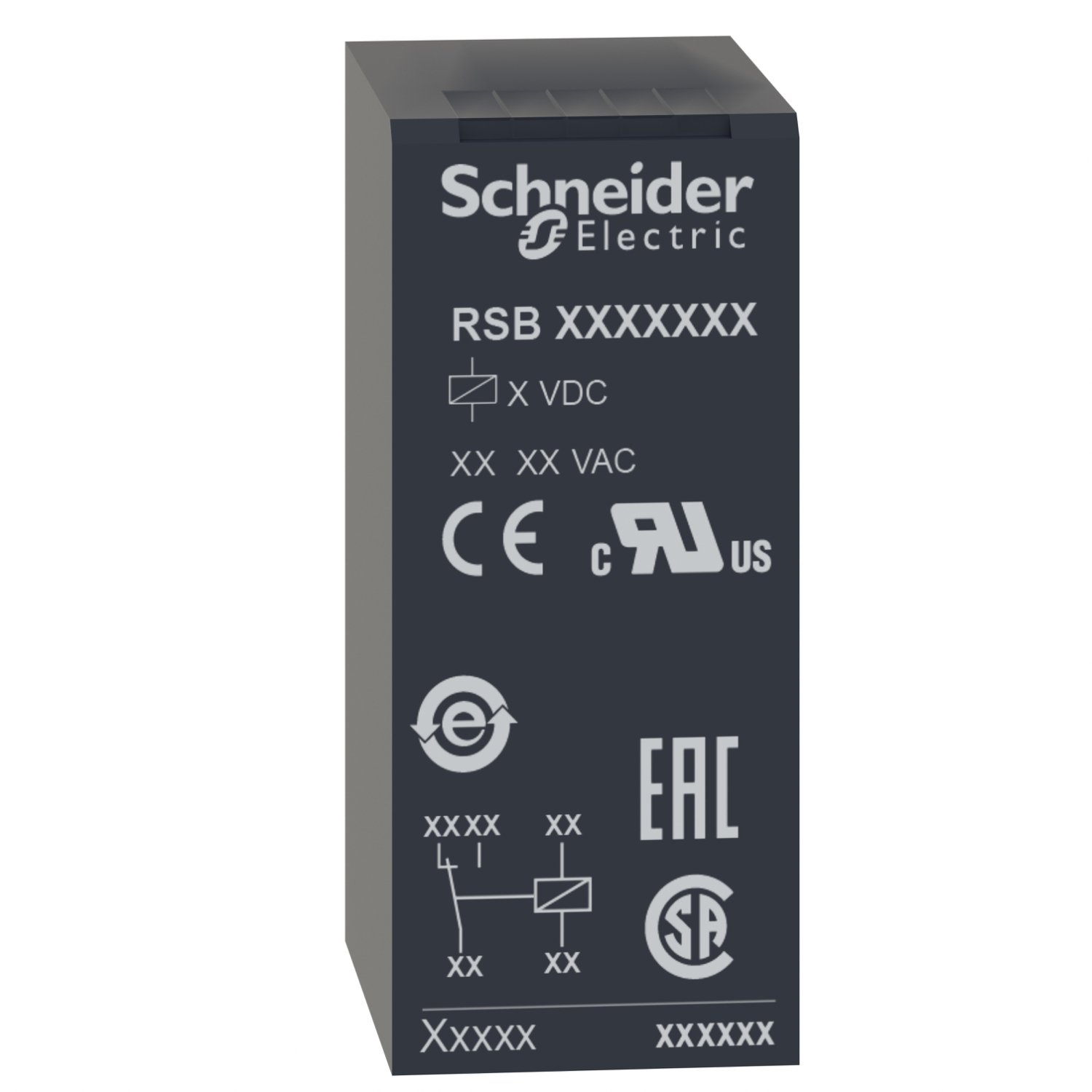Schneider LC1E630M7 | EasyPact TVS contactor 3P(3 NO) – AC-3 – <= 440 V 630A – 220 V AC coil
Original price was: EGP137,621.EGP74,315Current price is: EGP74,315.
In stock
Description
Schneider LC1E630M7 | EasyPact TVS contactor 3P(3 NO) – AC-3 – <= 440 V 630A – 220 V AC coil
Schneider LC1E630M7: Unveiling the Power of Industrial Contactor
In the realm of industrial automation and electrical control, the Schneider LC1E630M7 stands out as a reliable and efficient solution for various applications. This powerhouse contactor is designed to meet the demands of modern industries, offering superior performance and durability. In this comprehensive guide, we delve into the intricate details of the Schneider LC1E630M7, exploring its specifications, features, applications, installation guidelines, maintenance tips, and much more.
Understanding the LC1E630M7 Specifications
Voltage Rating
The Schneider LC1E630M7 boasts a robust voltage rating, making it suitable for a wide range of electrical systems. With its ability to handle high voltage levels, this contactor ensures stable and secure operations in demanding industrial environments.
Current Rating
Equipped with a high current rating, the LC1E630M7 is capable of managing heavy electrical loads with ease. Whether it’s powering motors, pumps, or other industrial equipment, this contactor delivers consistent performance without compromising on efficiency.
Coil Voltage
The coil voltage of the Schneider LC1E630M7 plays a crucial role in its functionality, facilitating smooth and precise control over the switching process. With optimized coil voltage settings, users can experience seamless operation and minimal energy consumption.
Contact Configuration
Featuring a reliable contact configuration, the LC1E630M7 ensures efficient power transmission and minimal wear and tear. Whether it’s opening or closing circuits, this contactor maintains high levels of conductivity and reliability, enhancing overall system performance.
Features of Schneider LC1E630M7
Compact Design
One of the standout features of the Schneider LC1E630M7 is its compact and space-saving design. With its slim profile and ergonomic layout, this contactor can be easily integrated into existing electrical panels or control cabinets, maximizing available space and simplifying installation.
High Performance
Built to deliver exceptional performance, the LC1E630M7 excels in various operating conditions, including high temperatures, humidity, and voltage fluctuations. Its rugged construction and advanced engineering ensure reliable operation, even in the harshest industrial environments.
Reliable Operation
Backed by Schneider’s reputation for quality and reliability, the LC1E630M7 offers peace of mind to users, knowing that their critical electrical systems are in safe hands. With extensive testing and quality assurance measures, this contactor delivers consistent and dependable performance, day in and day out.
Applications of LC1E630M7
Industrial Automation
From manufacturing plants to assembly lines, the Schneider LC1E630M7 is widely used in industrial automation applications, controlling the operation of motors, conveyors, and other machinery with precision and efficiency.
HVAC Systems
In heating, ventilation, and air conditioning (HVAC) systems, the LC1E630M7 plays a crucial role in regulating temperature and airflow, ensuring optimal comfort and energy efficiency in commercial and residential buildings.
Water Treatment Plants
For water treatment facilities, the Schneider LC1E630M7 provides reliable control over pumps, valves, and filtration systems, helping to maintain water quality and ensure compliance with regulatory standards.
Installation and Wiring Guidelines
When installing the Schneider LC1E630M7, it’s essential to follow proper wiring guidelines and safety precautions to prevent accidents and ensure optimal performance. Here are some key steps to consider:
- Select the appropriate mounting location: Choose a suitable location for installing the contactor, keeping in mind factors such as accessibility, ventilation, and proximity to other electrical components.
- Check voltage and current ratings: Verify that the voltage and current ratings of the LC1E630M7 match the requirements of the electrical system.
- Follow wiring diagrams: Refer to the manufacturer’s wiring diagrams and instructions for proper connection of control and power circuits.
- Ensure proper insulation: Use insulated cables and terminals to prevent short circuits and electrical hazards.
- Test functionality: Before energizing the contactor, perform a thorough inspection and testing to verify correct wiring and functionality.
Maintenance Tips for Schneider LC1E630M7
To prolong the lifespan and ensure optimal performance of the Schneider LC1E630M7, regular maintenance is essential. Here are some maintenance tips to keep in mind:
- Inspect contacts regularly: Check the condition of the contacts for signs of wear or damage, and clean them if necessary to maintain proper conductivity.
- Clean and lubricate moving parts: Remove any dirt, dust, or debris from the contactor’s moving parts, and apply lubricant as needed to reduce friction and prevent corrosion.
- Check coil and wiring connections: Inspect the coil and wiring connections for tightness and security, and tighten any loose connections to prevent electrical faults.
- Monitor temperature and voltage levels: Keep an eye on temperature and voltage levels during operation, and take corrective action if abnormalities are detected to prevent overheating or voltage spikes.
- Schedule preventive maintenance: Establish a regular maintenance schedule for the Schneider LC1E630M7, including inspections, cleaning, and testing, to identify and address potential issues before they escalate.
Troubleshooting Common Issues
Despite its reliability, the Schneider LC1E630M7 may encounter occasional issues that require troubleshooting. Here are some common problems and their solutions:
- Failure to energize: Check for power supply issues, such as tripped circuit breakers or disconnected wires, and verify that the control circuit is functioning correctly.
- Contact welding: If the contacts are welded together, check for excessive current or voltage spikes, and replace the contacts if necessary to restore normal operation.
- Coil failure: Inspect the coil for signs of damage or overheating, and replace it if faulty to restore proper functionality.
- Mechanical jamming: If the contactor is jammed or stuck in the open or closed position, check for obstructions or debris and clear them to allow free movement.
- Overheating: Address any issues causing excessive heat buildup, such as inadequate ventilation or overloaded circuits, and take corrective





